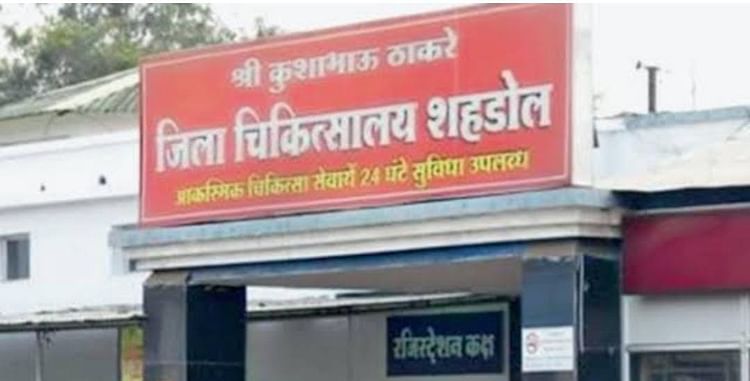Science broadcaster Sarika Gharu – Photo: Amar Ujala Digital Detailed There is talk of hybrid variety crop, but very few people know that eclipse is also hybrid. Solar eclipse is also taught in schools as total, partial or annular. The new year is bringing a hybrid solar eclipse in the Earth’s southern hemisphere. National award winning science broadcaster Sarika Gharu tells that when the Moon is close to the Earth by coming between the Sun and the Earth Covers the Sun completely and a total solar eclipse is visible in that part. If the Moon is far away during the orbit, it does not cover the Sun’s disk completely and the Sun appears to shine as a bracelet. This is called an annular solar eclipse. All the three eclipses are one Let’s see together
If the moon is neither too far nor too near, then a hybrid solar eclipse occurs, in which people in the central part of the shadow feel a total solar eclipse. But at the same time people around are watching the annular solar eclipse. In this, partial solar eclipse is seen in the shadow part. It is called a hybrid solar eclipse because all the three eclipses are visible together. It is also called annular or total solar eclipse. Not in India will appear
2013 Sarika Gharu tells that in the new year is going to happen on April. This eclipse will not be visible in India. According to the Indian time in the Southern Hemisphere of the Earth, it is from about seven in the morning to noon o’clock minutes. Most importantly, this would be a good opportunity to understand the fourth type of eclipse which is known to very few people. The last hybrid solar eclipse took place on November 3 . NOW 2023 AFTER
You will get a chance to see Hybrid Solar Eclipse only on November . ,
Bhopal: The New Year Brought Hybrid Solar Eclip...
- Home -
- Bhopal: The New Year Brought Hybrid Solar Eclip...

Bhopal: The New Year Brought Hybrid Solar Eclipse, In April There Will Be A Chance To Understand The Fourth Type Of Solar Eclipse
Science broadcaster Sarika Gharu - Photo: Amar Ujala Digital Detailed There is talk of hybrid variety crop, but very few people know that eclipse is also hybrid. Solar eclipse is also taught in schools as total, partial or annular. The new year is bringing a hybrid solar eclipse in the Earth's southern hemisphere. National award winning science broadcaster Sarika Gharu tells that when the Moon is close to the Earth by coming between the Sun and the Earth Covers the Sun completely and a total solar eclipse is visible in that part. If the Moon is far away during the orbit, it does not cover the Sun's disk completely and the Sun appears to shine as a bracelet. This is called an annular solar eclipse. All the three eclipses are one Let's see together
If the moon is neither too far nor too near, then a hybrid solar eclipse occurs, in which people in the central part of the shadow feel a total solar eclipse. But at the same time people around are watching the annular solar eclipse. In this, partial solar eclipse is seen in the shadow part. It is called a hybrid solar eclipse because all the three eclipses are visible together. It is also called annular or total solar eclipse. Not in India will appear
2013 Sarika Gharu tells that in the new year is going to happen on April. This eclipse will not be visible in India. According to the Indian time in the Southern Hemisphere of the Earth, it is from about seven in the morning to noon o'clock minutes. Most importantly, this would be a good opportunity to understand the fourth type of eclipse which is known to very few people. The last hybrid solar eclipse took place on November 3 . NOW 2023 AFTER
You will get a chance to see Hybrid Solar Eclipse only on November . ,
Related News
Recent News













Comments